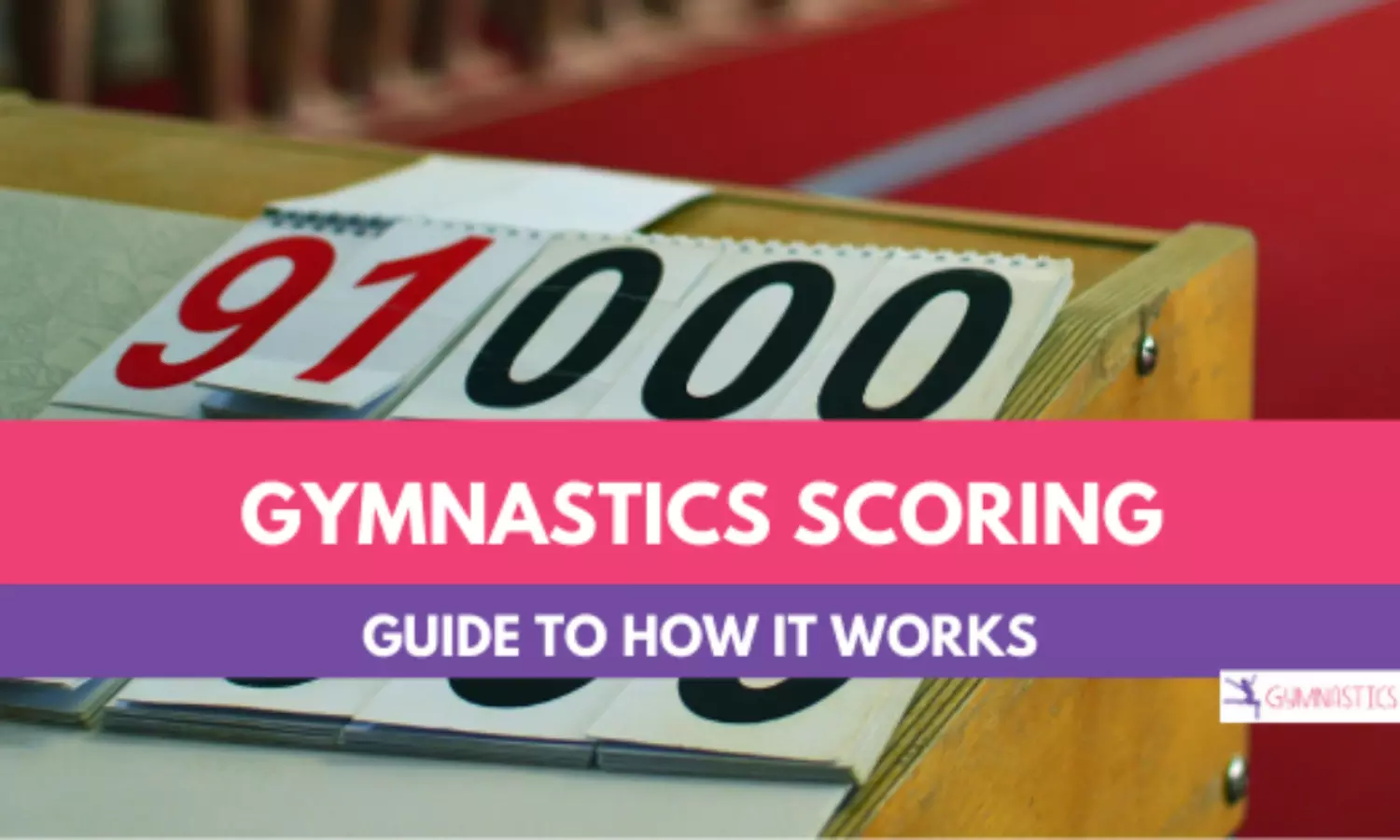Gymnastics
Gymnastics scoring system explained — Here's all you need to know before Tokyo Olympics
Love watching gymnastics but can't understand how the scoring works? Get a read on!

Gymnastics Scoring System (Source: Gymnastics HQ/Website).
Like watching gymnastics but don't understand what in the world is going on with scores and skills? This is the blog post for you!
Artistic Gymnastics scoring is slightly complicated. This is because gymnasts are assessed and scored on a myriad of different factors. This is usually on most obviously, the difficulty of their skills, the execution it is performed with it, the artistry in their routines and for the women, the dance they perform. Still confused? Don't worry I was too when I first started competitive gymnastics. Hang tight!
Over the years
You probably remember Nadia Comaneci and her world famous 'Perfect 10' at the Montreal Olympics in 1976. Gymnastics scoring has come a long way since then. Those were simpler times. The gymnast performed a routine with several skills that amounted to a total difficulty score of 10. After the gymnast performed his or her routine, the judges deducted scores based on errors the gymnast made in the routine. In Nadia's case, she was the first gymnast to technically do a 'faultless' routine, hence the perfect 10.
Fast forward 45 odd years and the 'simpler' 10.0 scoring system is long gone. Now there is a new structure for gymnastics scoring.
Difficulty Scores
Let's start with difficulty scores because they're essentially the easiest to comprehend.
In Artistic Gymnastics, a gymnast must compete a total of 8 of their most difficult skills they know. The score for each of those 8 skills are added to determine a difficulty score.
The specific value assigned to each skills is determined through the gymnastics 'Code of Point'. Here, skills are divided based on how easy or difficult they are. For instance, skills under the letter 'A' are the easiest skills are given a score of 0.1. Subsequently, as the letter advances (ie., B,C,D all the way to H,I) 0.1 is added to the value. So a skill with an 'I' rating is awarded 0.9 points.
The total of 8 skills with the gymnast's highest rating are considered to establish the difficulty score.
Coupled with this, are what the FIG (Federation of International Gymnastics) calls 'Composition Requirements'. These are certain types of skills gymnasts must include in their routine to develop a stronger difficulty score. Each requirement is awarded 0.5 points, and the 4 requirements worth 2.0 points for a significant part of the difficulty score.
Lastly, is the points gymnasts secure from connection values. You might hear commentators say gymnasts, 'missed a connection' or 'made their connections'. This essentially means, gymnasts aim to gain bonuses from connecting two or three skills consecutively in their routines.
You can find more routine breakdowns for different events here!
Execution & Artistry Scores
Finally, is the idea of execution scores. This is literally determining how well the gymnast executed their routine. The idea is when a gymnast completes their 8 skill routine on an event, they are immediately awarded 10 points in execution.
From this judges scrutinize the gymnast's routine and count the number of errors made. Different errors are penalised with different 'deductions' from the execution score. For instance, a small step taken back on a skill may be given 0.1 deduction, versus a bigger wobble on a skill which is given 0.3 and a fall incurs a 1.0 deduction.
Therefore, once the gymnast completes her/his routine, deductions are given by judges and deducted from the 10.0 execution score.
Exceptions
For women, deductions are also given for artistry, grace and dance on their floor and beam routines!
Finally, the exception to the complicated scoring system is only for Vault events. Here, the gymnast performs a vault that already has a specific difficulty score. After the vault, judges deduct execution errors from the vault performance. This is also why vault is one of the higher scored events in gymnastics, because its quick and there is relatively lesser room for deductions.
A worked example!
Watch this video of an entire routine difficulty and execution score breakdown!
If you have any questions, do comment down below!

